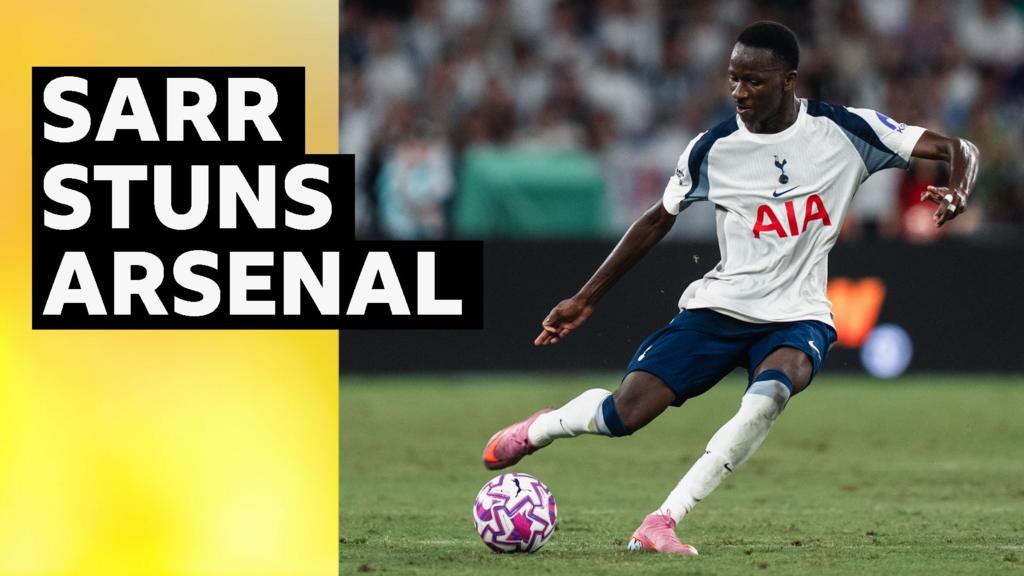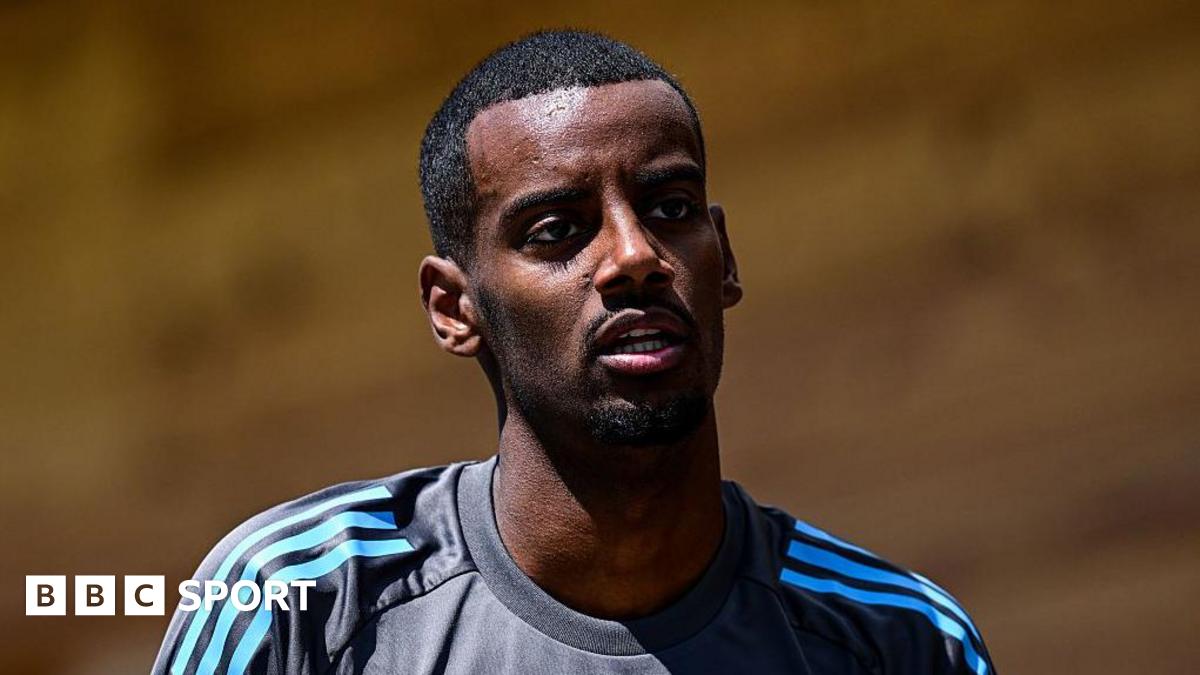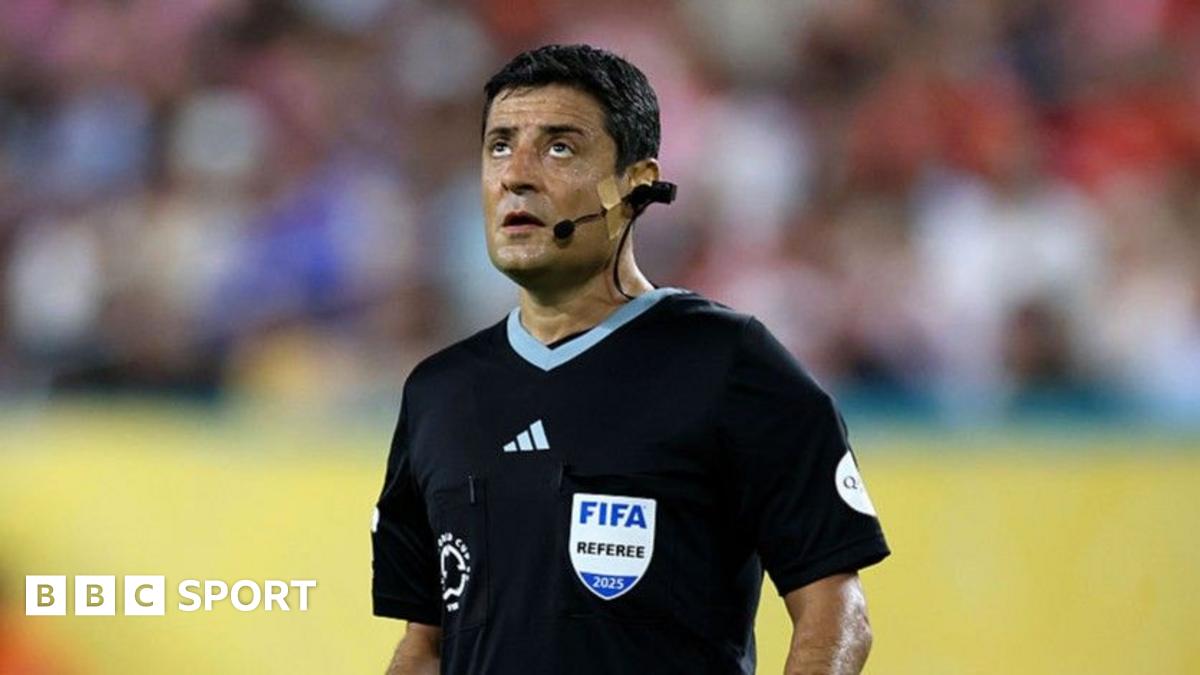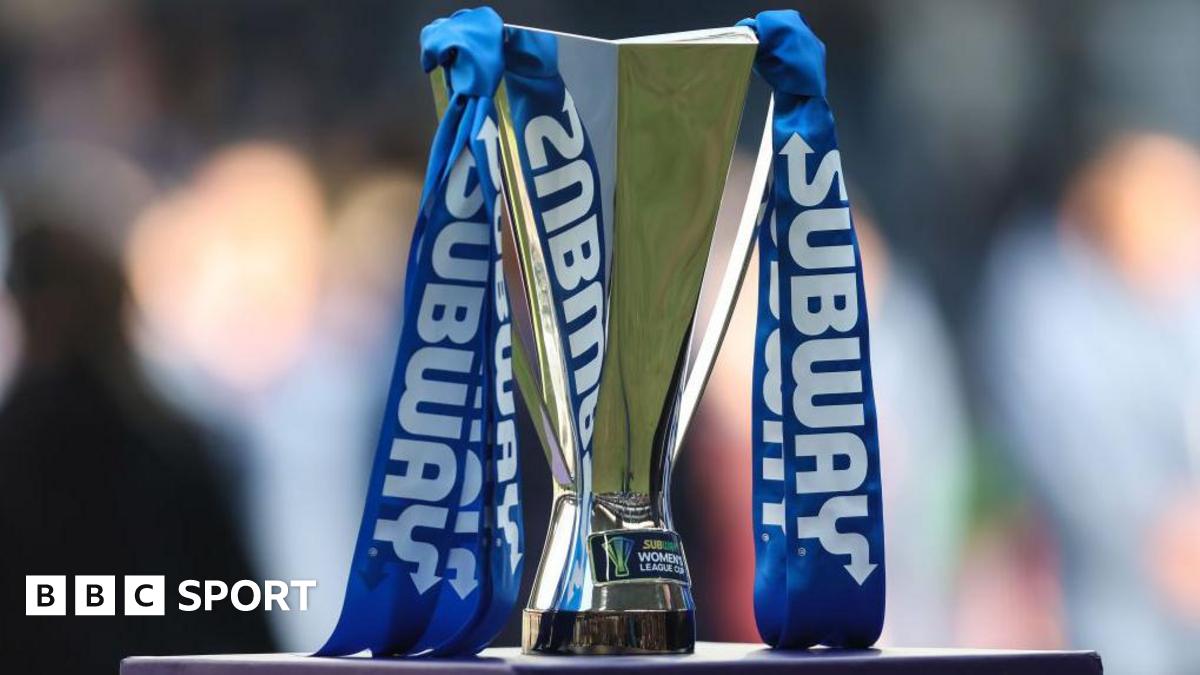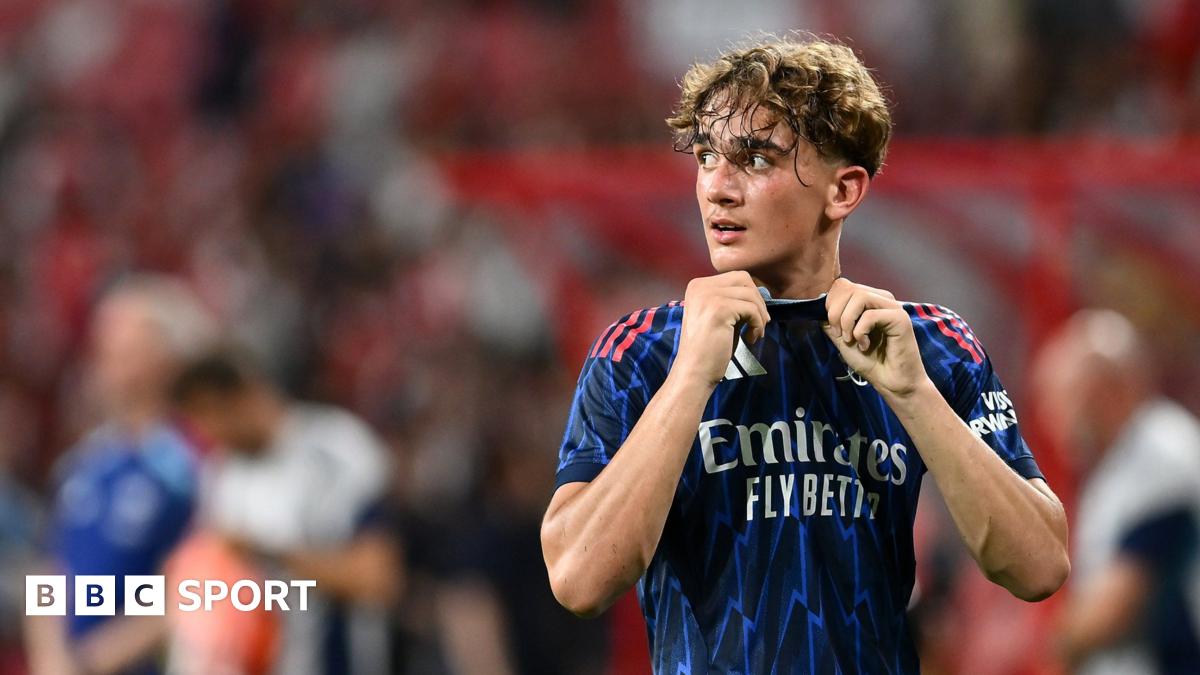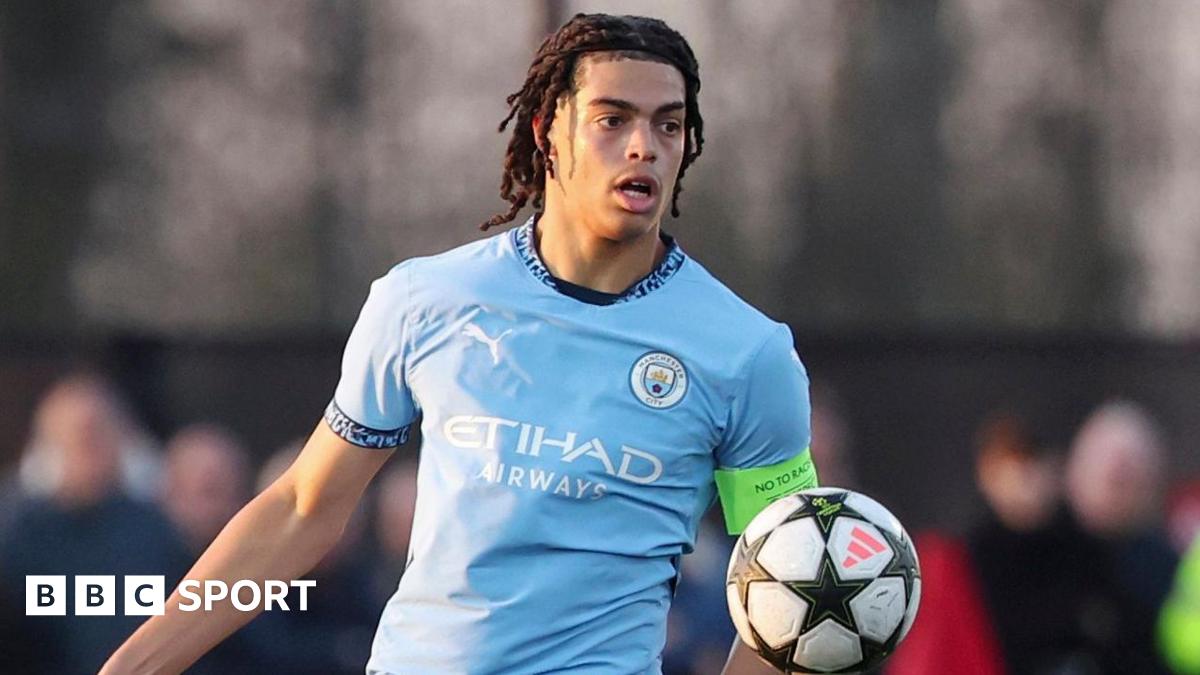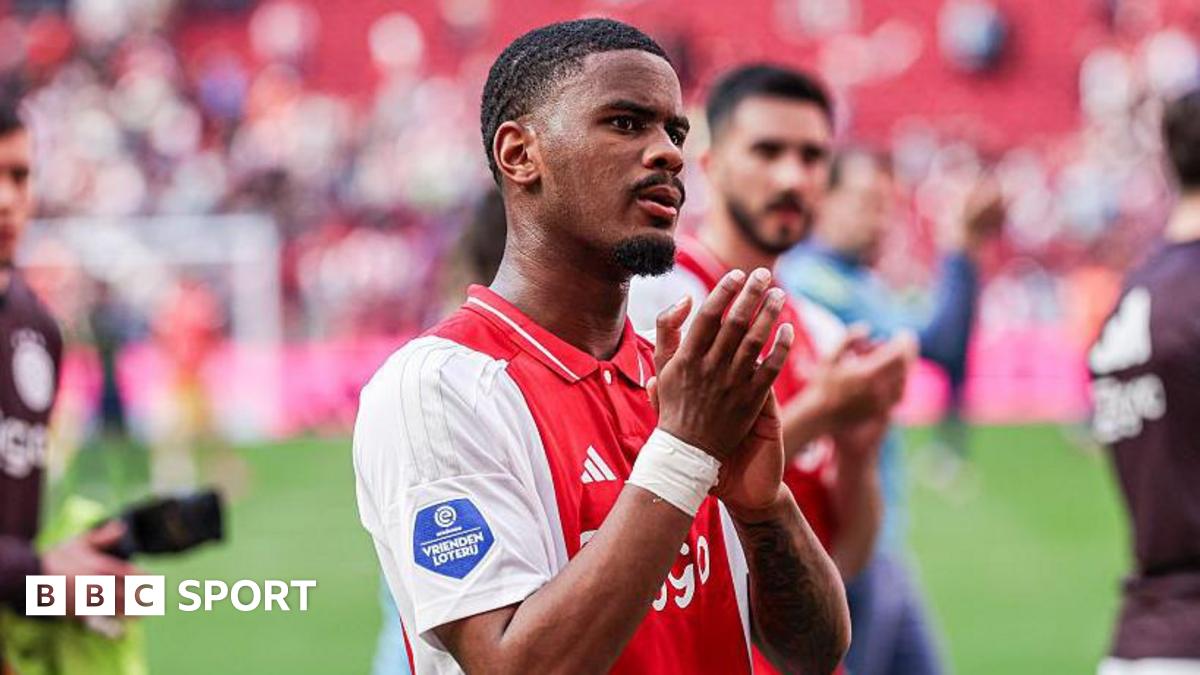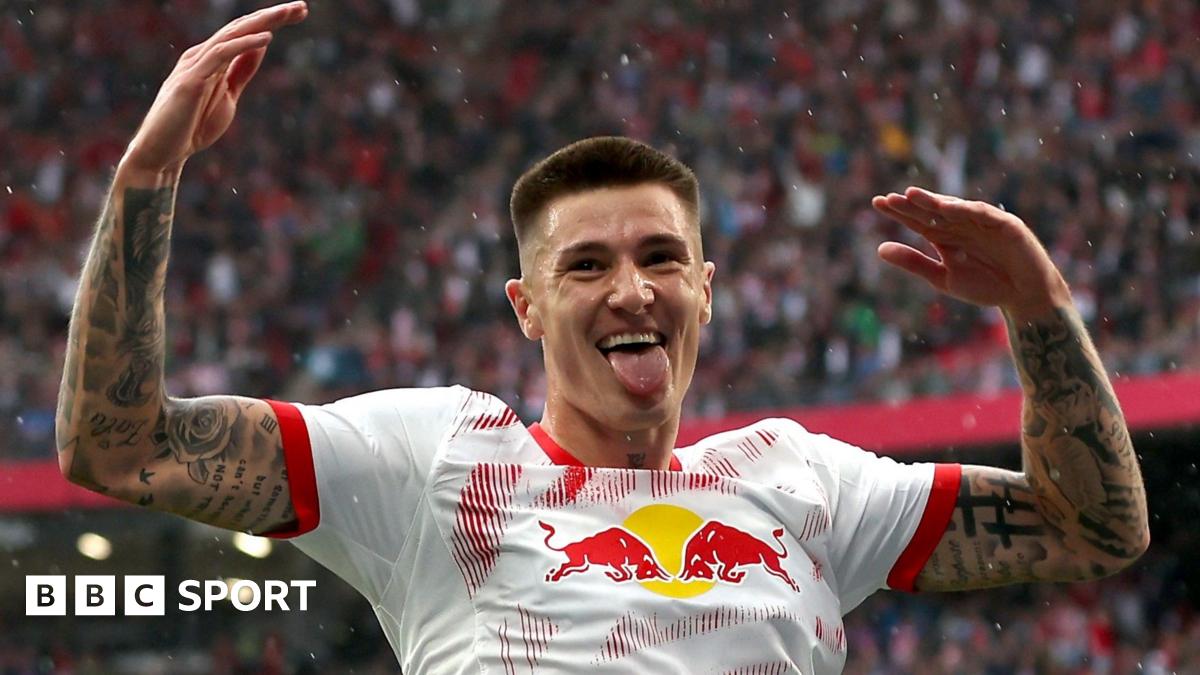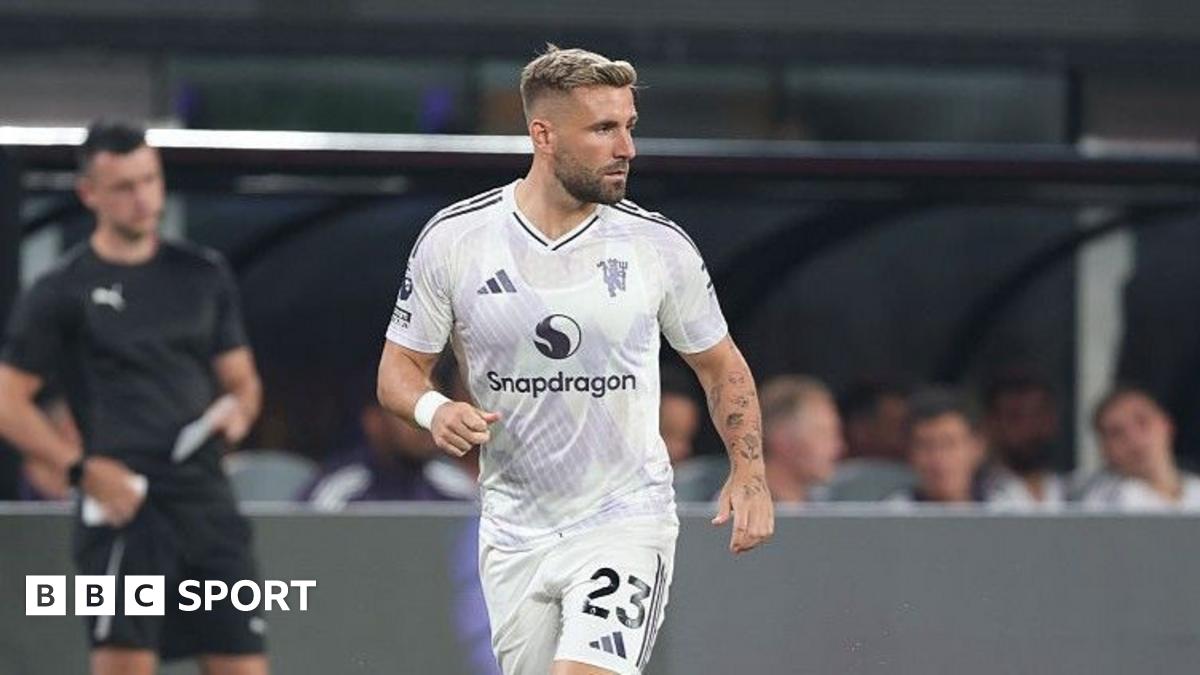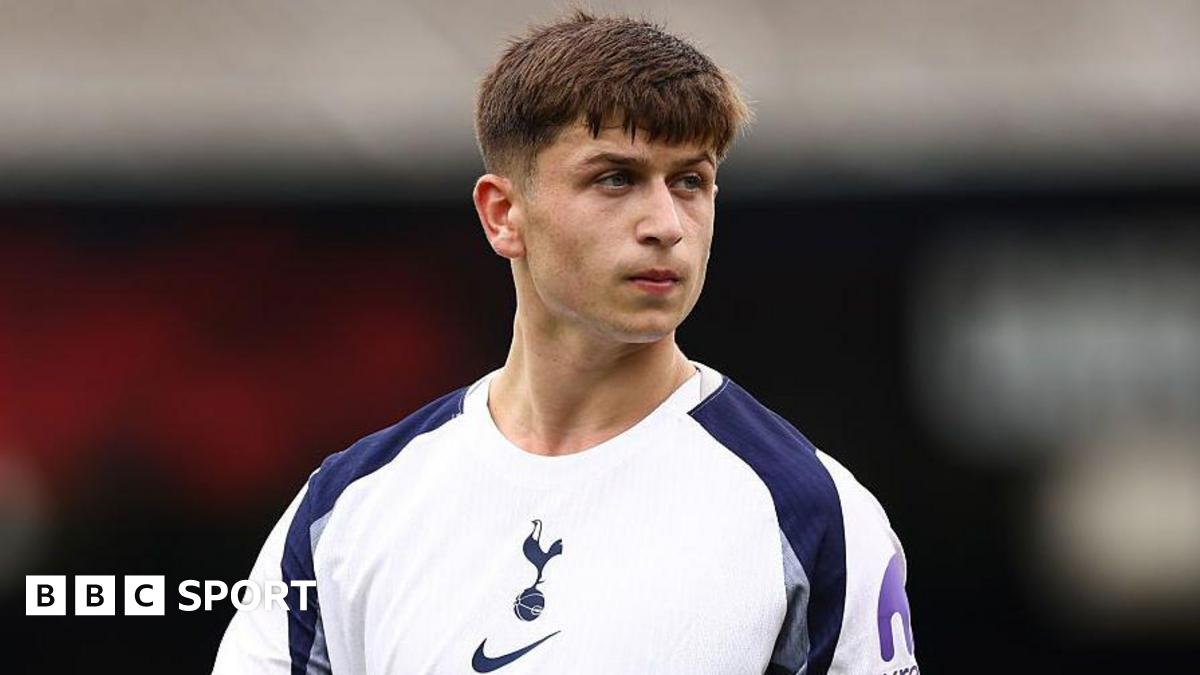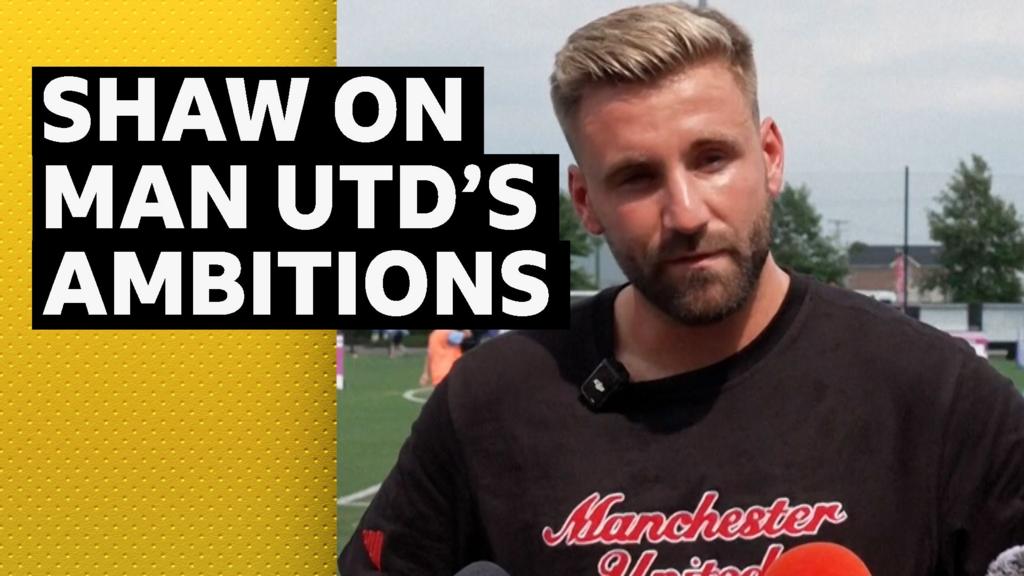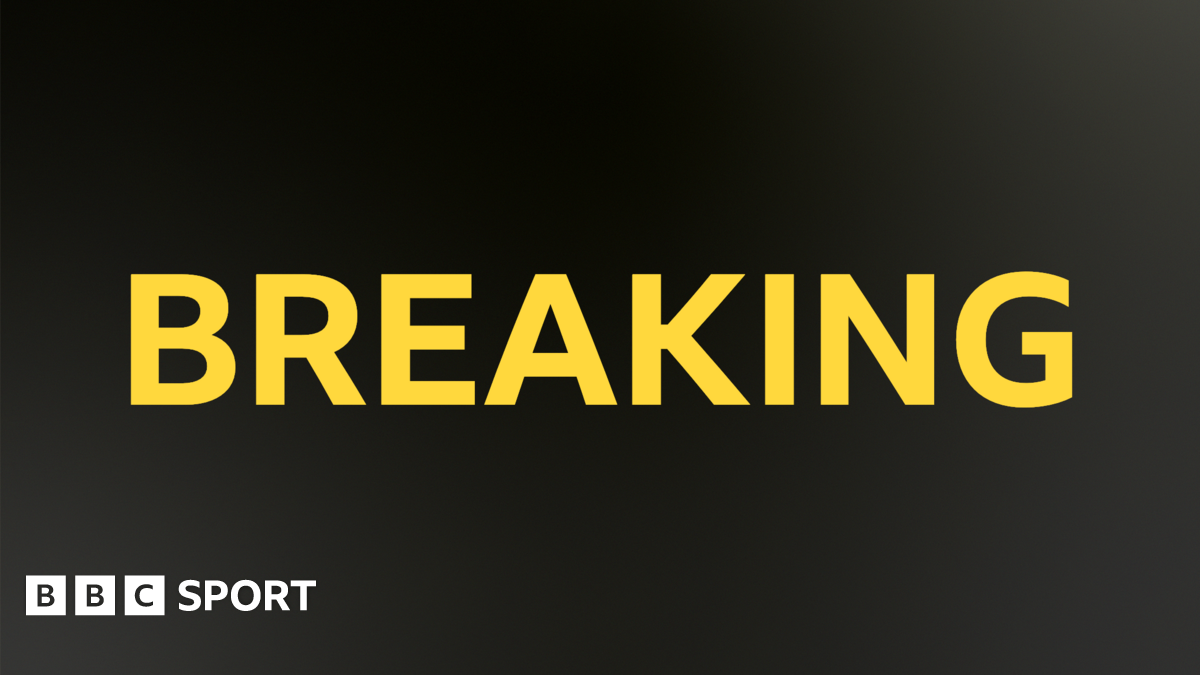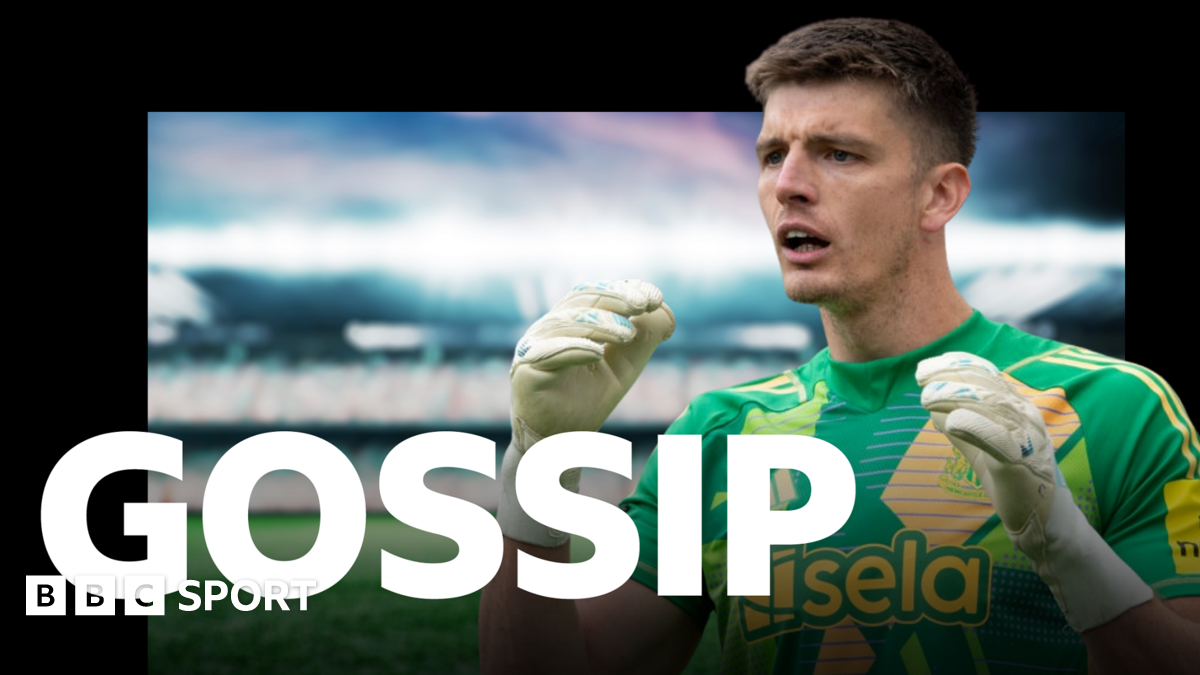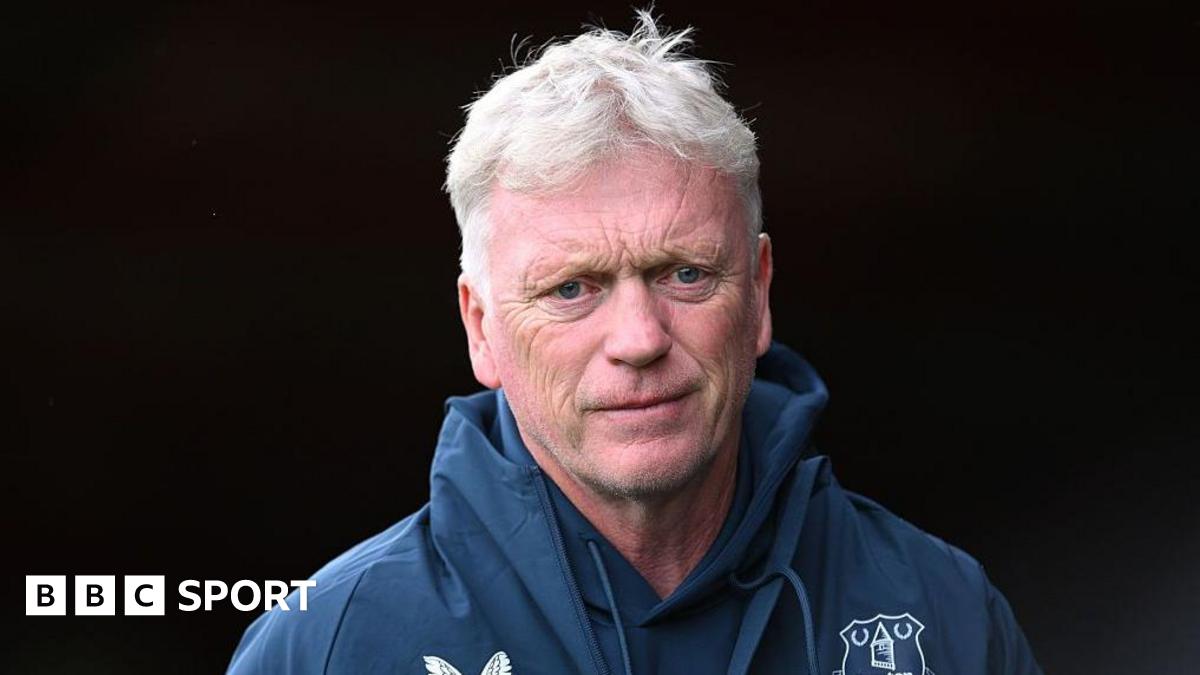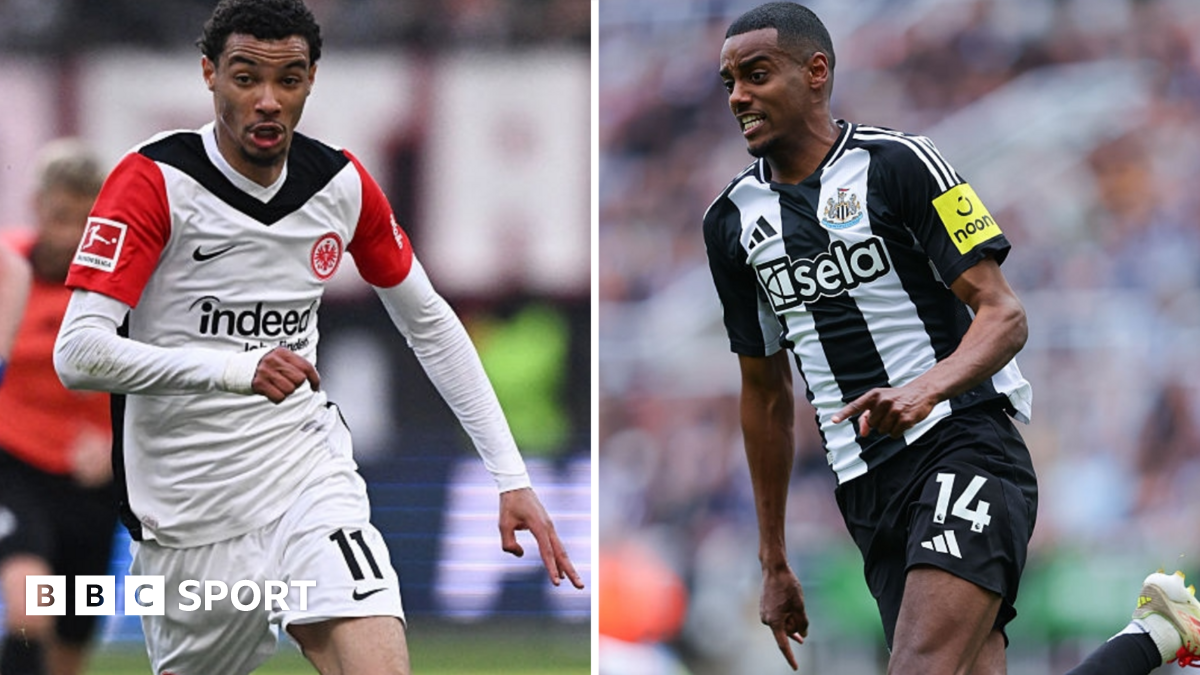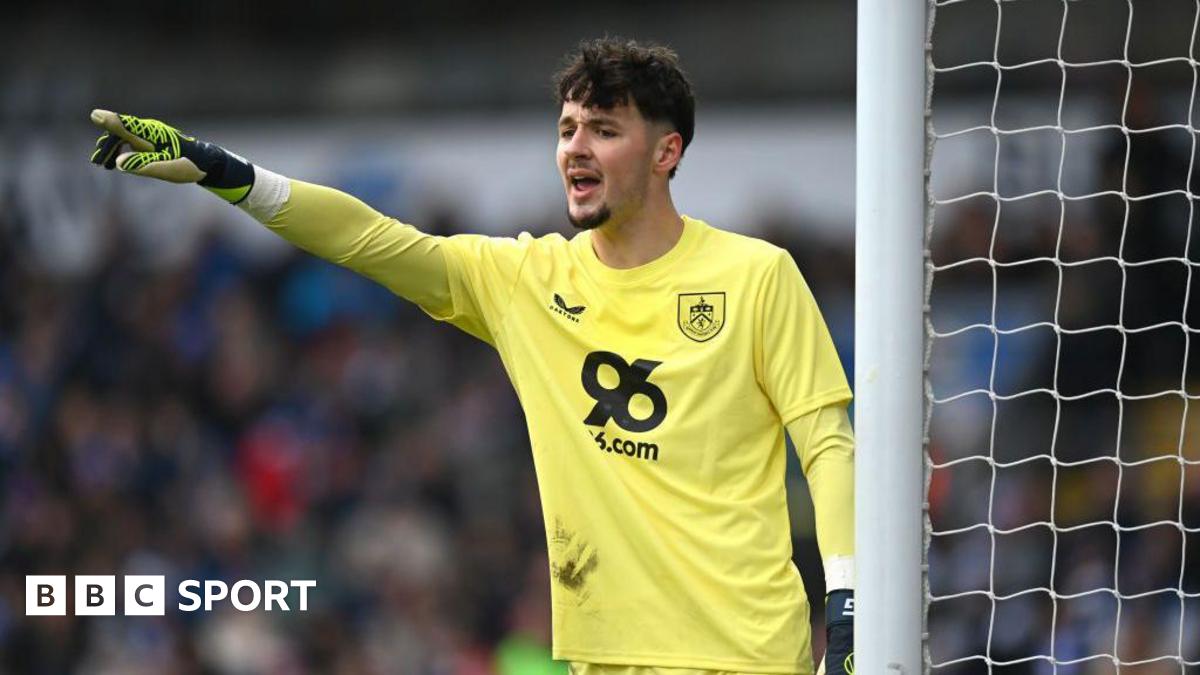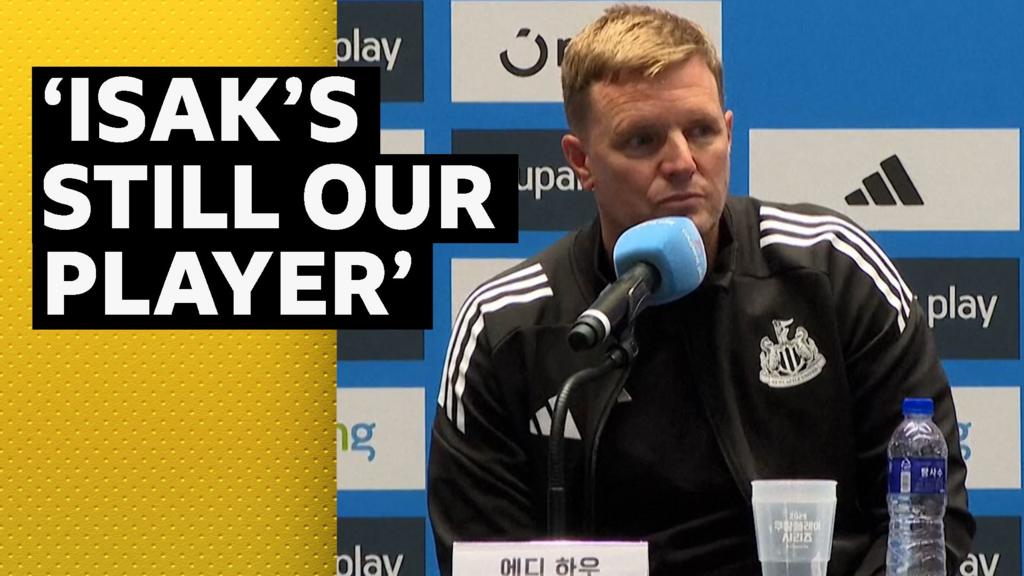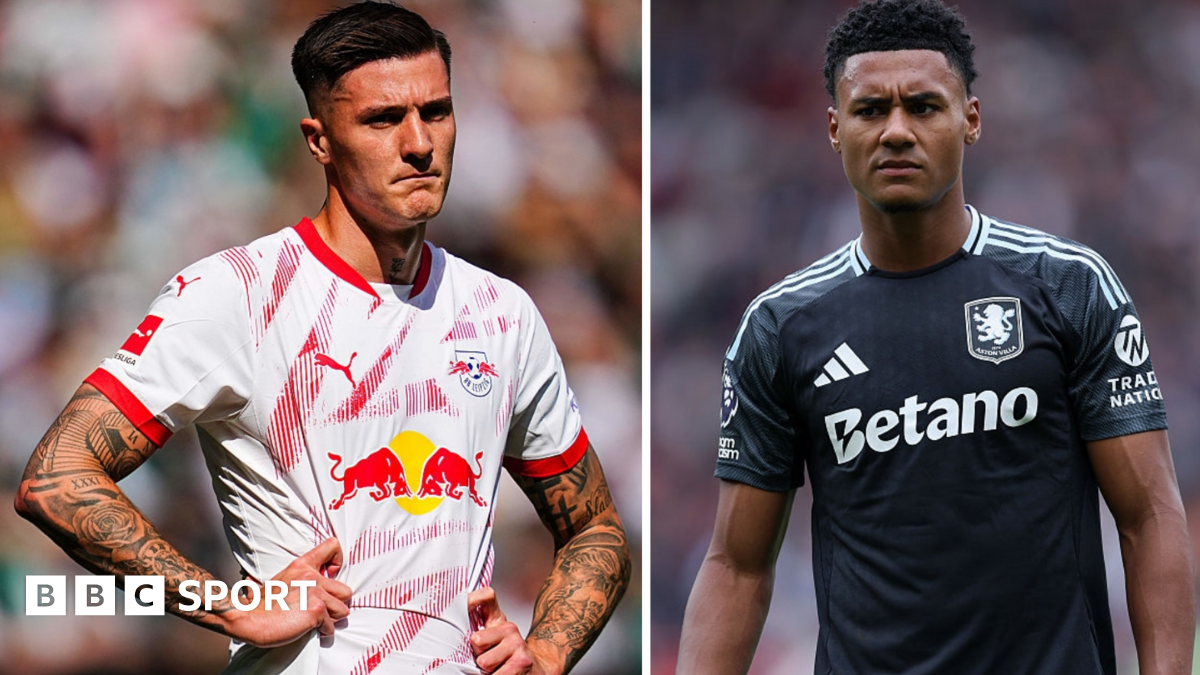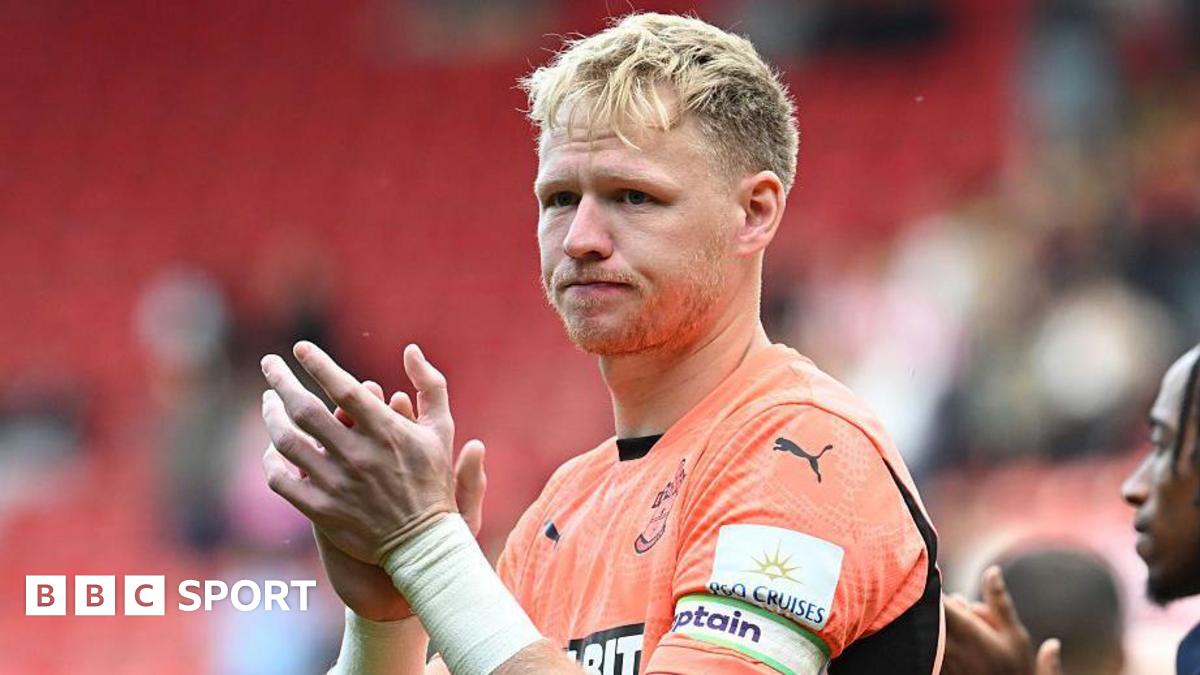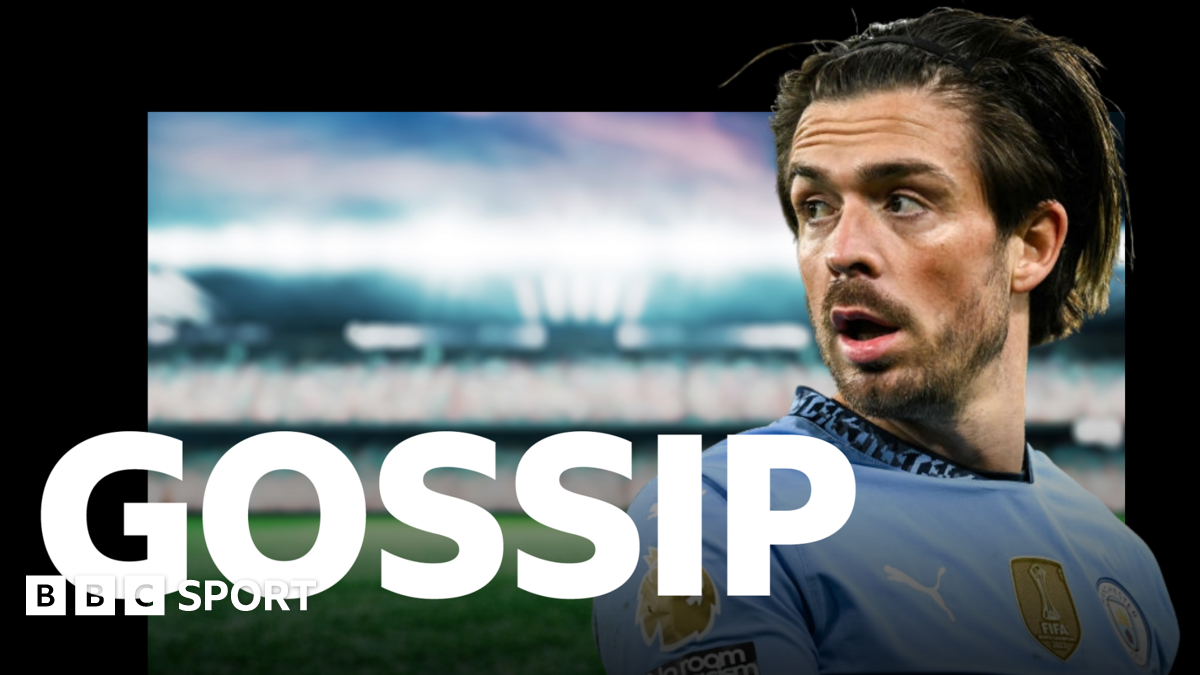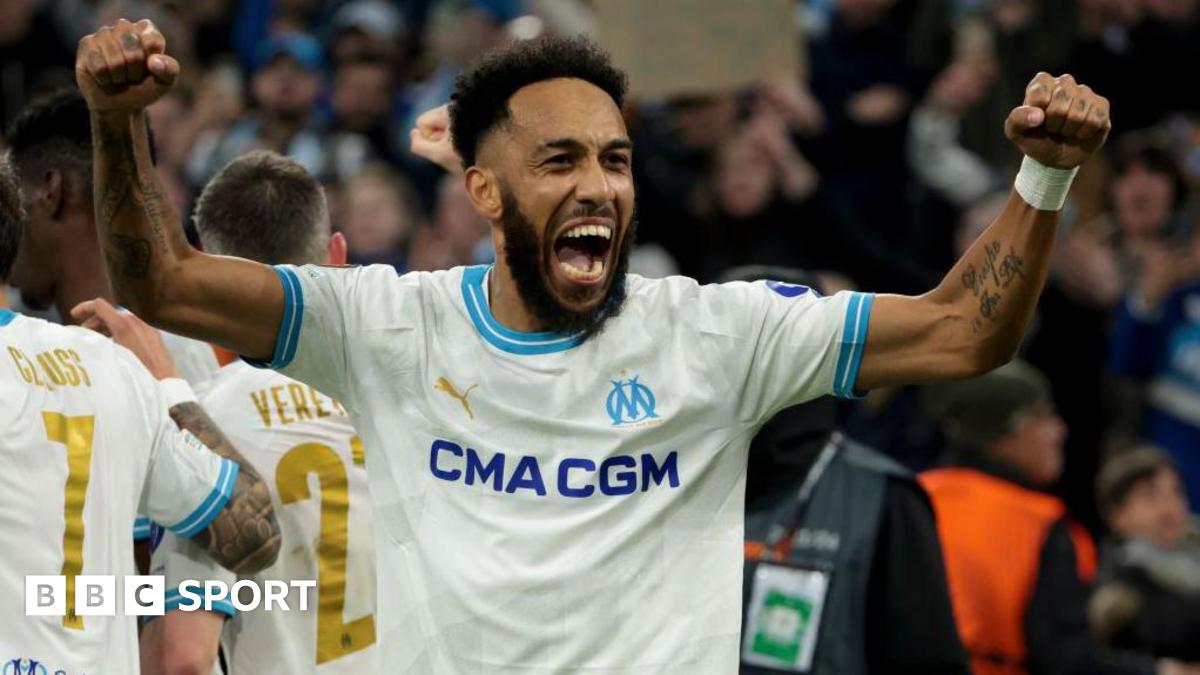
Pierre-Emerick Aubameyang's swift return to Marseille, a mere year after his departure, presents a fascinating case study in short-term football economics and squad management. While initially appearing erratic, a closer look suggests a calculated gamble aimed at bolstering Marseille's attacking options and European aspirations. The data reveals a potential strategic advantage, but also carries inherent risks.
Aubameyang's initial stint at Marseille in 2023-24 was undeniably successful. Thirty goals and eleven assists in 51 appearances demonstrate a potent attacking threat. However, his subsequent move to Al-Qadsiah, followed by an immediate return to France, raises questions about long-term planning and player commitment. This situation mirrors similar instances, such as Robbie Keane's brief and ultimately unsuccessful return to Liverpool in 2008, highlighting the potential pitfalls of re-signing players after a short absence.
The strategic impact on Marseille's squad depth is considerable. Last season, despite Aubameyang's prolific form, Marseille struggled for consistency, finishing a disappointing fourth in Ligue 1. The analysis indicates that the club’s over-reliance on Aubameyang was a key factor. His return provides an immediate goal-scoring threat and allows coach to rotate the squad more effectively, preventing burnout and maintaining tactical flexibility. This is particularly crucial given Marseille's expected participation in European competitions.
However, there's also the risk of disrupting team cohesion. Aubameyang's departure last year, and the subsequent adjustment of the squad, could be undone by his re-integration. Similar situations have been observed at clubs like Manchester United, where the return of Cristiano Ronaldo in 2021, while initially celebrated, ultimately proved disruptive to the team's overall balance and tactical approach. Will Aubameyang fit seamlessly back into the squad dynamic, or will his presence create new challenges for the coaching staff?
The four-year contract extension, until 2027, represents a significant commitment from Marseille, especially considering Aubameyang's age (36). This move signals a clear intention to build the team around him, placing immense pressure on the Gabonese international to replicate his previous success. This strategy carries both reward and risk, as an aging player's performance can decline rapidly, leaving the club with a costly and underperforming asset.
Looking at the broader market context, this transfer is a low-risk, potentially high-reward move for Marseille. Signed on a free transfer, Aubameyang's wages represent the primary financial commitment. This allows Marseille to allocate resources to other areas of the squad, such as strengthening the midfield or defense. By addressing these weaknesses, they can create a more balanced and competitive team capable of challenging for the Ligue 1 title and making a significant impact in Europe.
Aubameyang's return to Marseille represents a trend continuation of short-term, opportunistic transfer strategies employed by clubs seeking immediate success. While the potential benefits of increased squad depth and goal-scoring prowess are undeniable, the inherent risks associated with re-signing an aging player after a brief departure cannot be ignored. The success of this move will depend on Aubameyang's continued form, his ability to integrate into the squad, and the coaching staff's tactical acumen in maximizing his strengths while mitigating his limitations. Only time will tell if this calculated gamble will pay off for Marseille.
